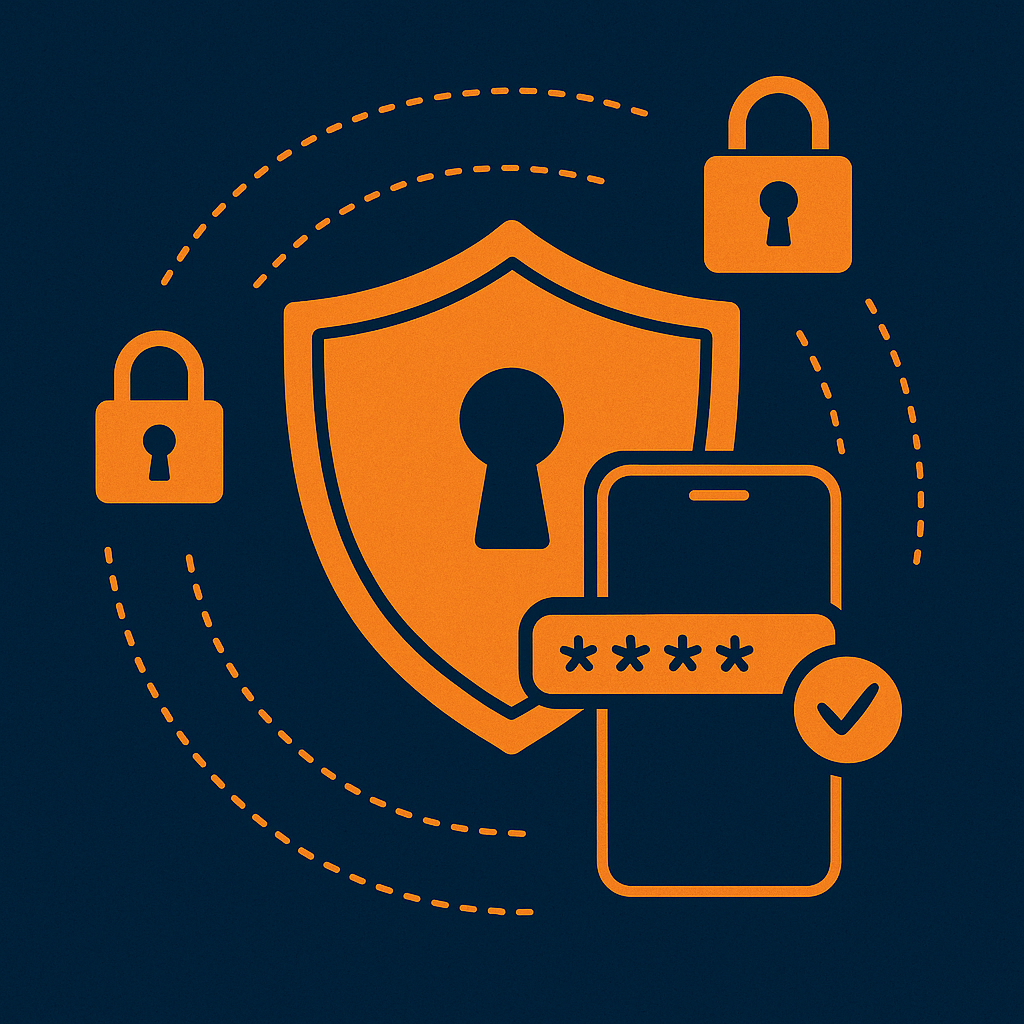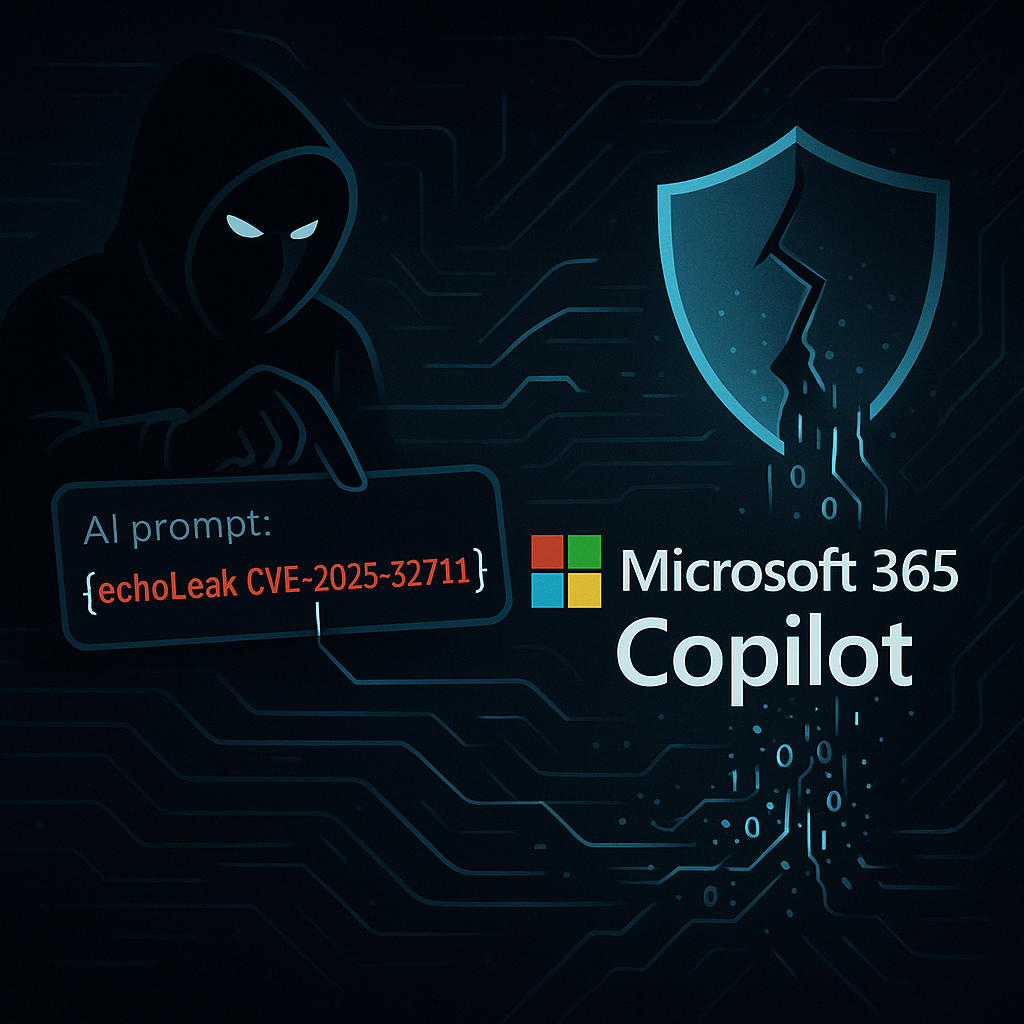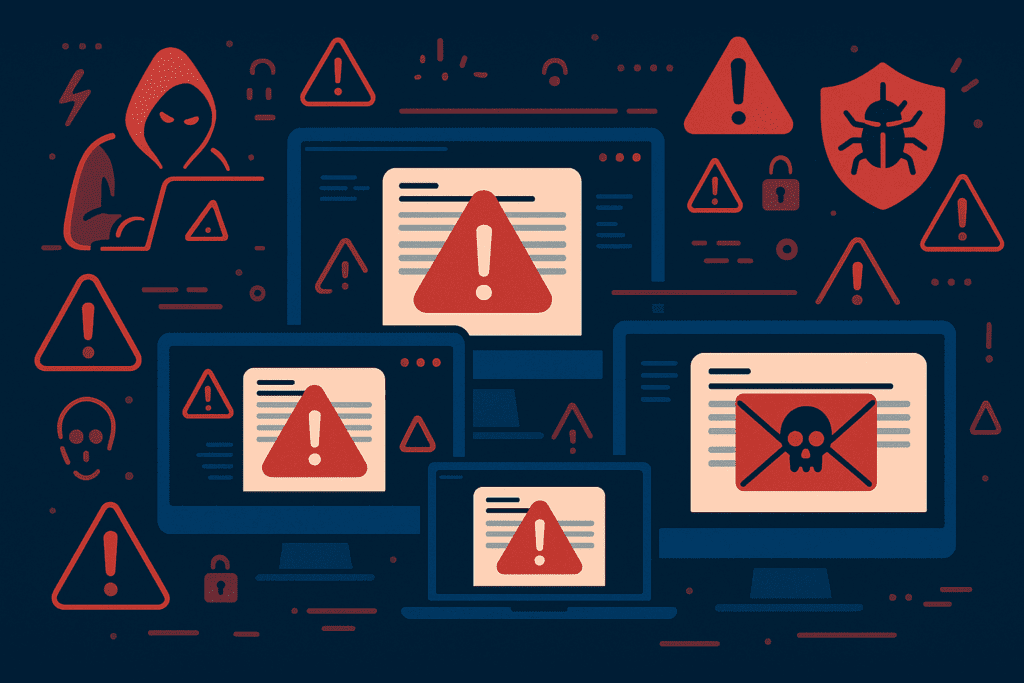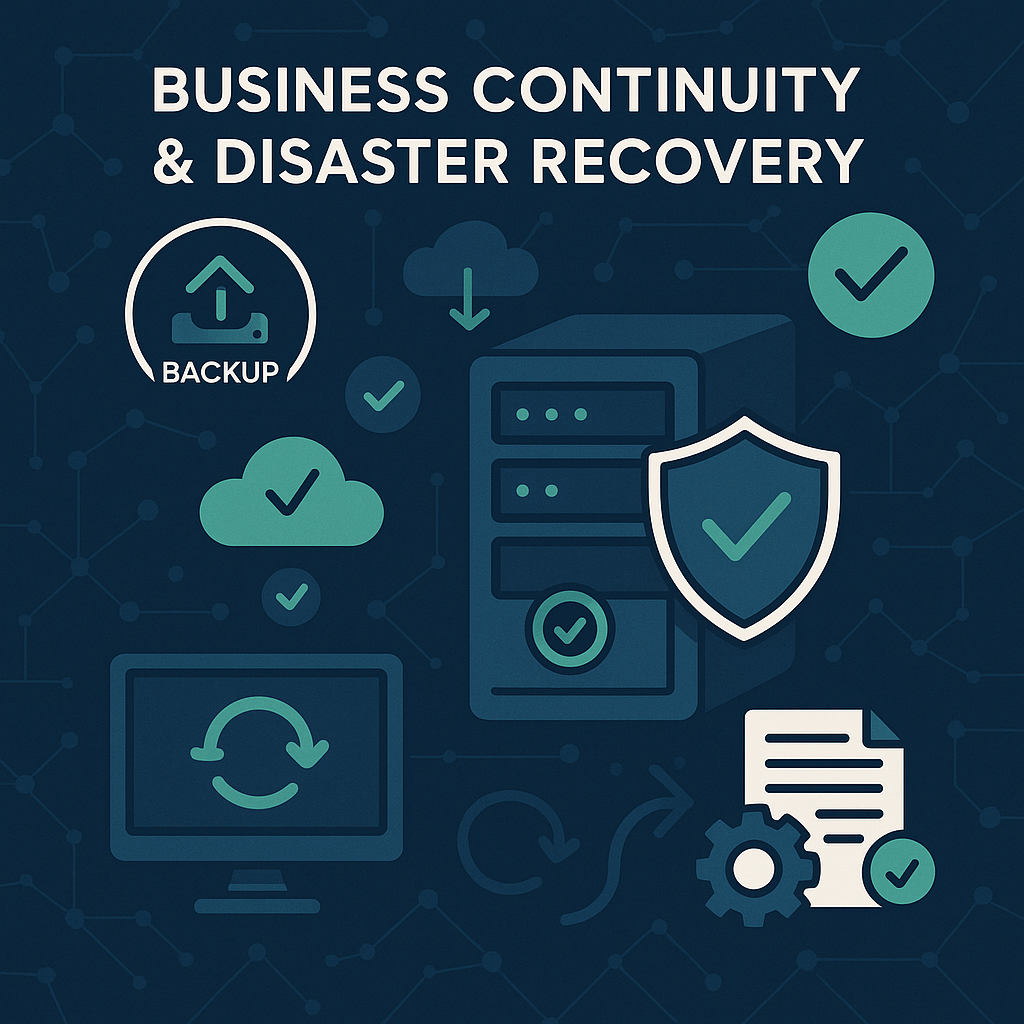The MFA Gap: Why 54% of Small Businesses Are Playing Russian Roulette with Cybersecurity


The MFA Gap: Why 54% of Small Businesses Are Playing Russian Roulette with Cybersecurity
In the world of cybersecurity, there’s one simple tool that can block 99.9% of automated cyberattacks and reduce account compromise by the same stunning percentage. Yet more than half of small businesses aren’t using it. We’re talking about Multi-Factor Authentication (MFA) – and the gap in adoption among SMBs is creating a cybersecurity crisis.
The Shocking Reality of MFA Adoption
The statistics reveal a dangerous disconnect between threat awareness and protective action among small businesses:
- Only 46% of small businesses are using MFA
- 54% of SMBs have not implemented MFA at all
- More than half (55%) of SMB owners are not “very aware” of MFA and its security benefits
- Just 13% of small business employees need MFA to access their employer’s accounts
Meanwhile, larger organizations are racing ahead: 87% of companies with over 10,000 employees use MFA, while SMBs trend toward an adoption rate of 34% or less.
The Cost of Credential Compromise
This MFA gap isn’t just a number – it’s a vulnerability that cybercriminals are actively exploiting. Here’s what’s at stake:
Password-Based Attacks Are Relentless: Microsoft’s systems face over 1,000 password attacks every second. More critically, more than 99.9% of compromised accounts don’t have MFA enabled.
The Human Factor: 80% of data breaches are linked to compromised passwords, and 95% of cybersecurity incidents can be attributed to human error. Yet 23% of SMBs use either a pet’s name, a series of numbers, or a family member’s name as their password.
Business Email Compromise: BEC attacks, which often exploit weak authentication, resulted in $2.7 billion in losses last year. Business email compromise attacks doubled in 2023, with monthly attacks per 1,000 mailboxes reaching 10.77.
Real-World Impact: A Case Study
Consider this real example: A Connecticut-based law firm fell victim to a phishing attack when a senior partner gave credential information to a malicious actor. Without MFA, this breach would have compromised the confidential information of over 30,000 clients, potentially resulting in costs exceeding $10 million USD. MFA would have stopped this attack completely.
Breaking Down the Barriers to MFA Adoption
Awareness Gap: 47% of SMB decision-makers claim to either not understand MFA or see its value. This knowledge gap is costing businesses their security and potentially their survival.
Implementation Concerns: 33% of consumers find MFA annoying, leading some businesses to avoid implementation. However, modern MFA solutions have become much more user-friendly while maintaining high security standards.
Resource Constraints: Many SMBs believe MFA implementation is complex or expensive. In reality, most major business applications now offer MFA as a standard feature.
The MFA Advantage: Protection That Actually Works
Effectiveness is Proven: Studies consistently show that MFA provides exceptional protection:
- 99.9% reduction in automated cyberattack success
- 50% reduction in account hacks when using two-step verification
- Blocks sophisticated attacks that bypass traditional security measures
Cost-Effective Security: Compared to the average SMB incident response cost of $325,000, implementing MFA is incredibly cost-effective. Most major platforms include MFA at no additional cost.
Compliance Benefits: Many insurance providers and regulatory frameworks now require MFA, making it essential for business operations and coverage.
Modern MFA Options for SMBs
Push Notifications: The most commonly used MFA method, offering convenience and security.
SMS and Email Tokens: Supported by 56% and 51% of organizations respectively, these provide accessible options for all users.
Authenticator Apps: 39% of LastPass users prefer LastPass Authenticator, with Duo Security (31%) and Google Authenticator (24%) also popular.
Biometric Authentication: While only 1% currently use biometric methods, this technology is becoming more accessible and user-friendly.
Implementation Strategy for SMBs
Start with Critical Systems: Begin by implementing MFA on your most sensitive accounts – email, financial systems, and administrative access.
Employee Training: Provide clear guidance on MFA usage. Remember, only 44% of organizations provide employees with password and access management guidance.
Choose User-Friendly Solutions: Select MFA methods that balance security with usability to encourage adoption.
Enforce Gradually: Implement MFA in phases, starting with administrative accounts and expanding to all users.
The Bottom Line
60% of small businesses that suffer a cyberattack shut down within six months. With 82% of ransomware attacks targeting companies with fewer than 1,000 employees, and 1 in 3 SMBs suffering a cyberattack annually, the question isn’t whether you’ll be targeted – it’s whether you’ll be protected when it happens.
MFA isn’t just a security best practice anymore – it’s business insurance that costs virtually nothing but provides 99.9% protection against the most common attack vectors.
The 46% of SMBs already using MFA have gained a massive competitive advantage in cybersecurity. The 54% who haven’t are gambling with their business’s future every single day.
Don’t let your business become another statistic. Implement MFA today – your future self will thank you.
For expert guidance on implementing MFA and comprehensive cybersecurity solutions, visit rivia.io





Responses